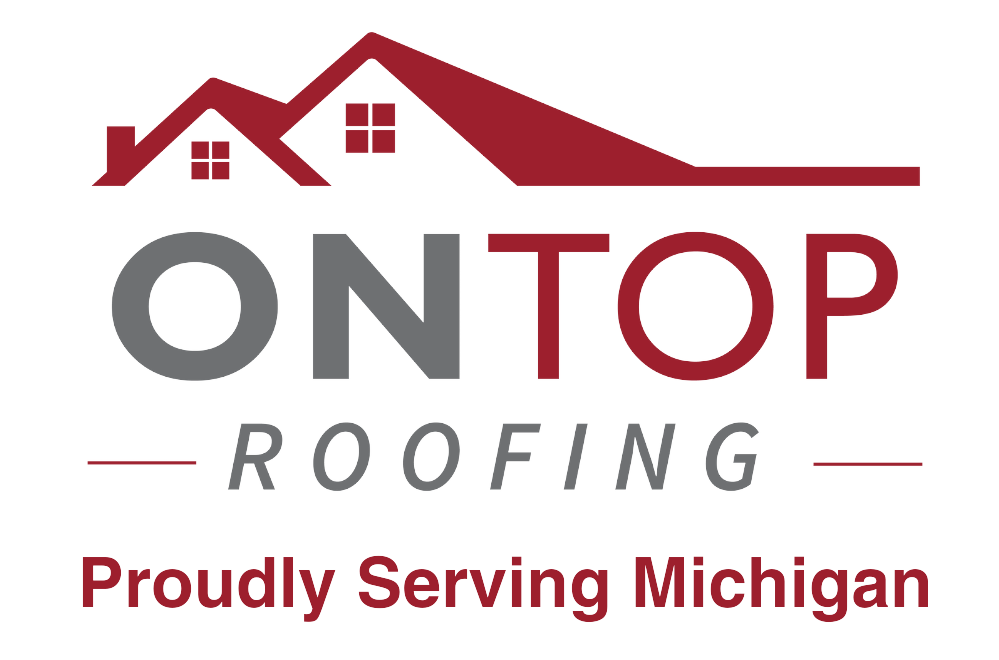
Spring Roofing Maintenance: Essential Tips After a Harsh Winter
Spring is finally here, and as the snow melts away, it’s time to assess how your roof held up through the harsh winter months. Freezing
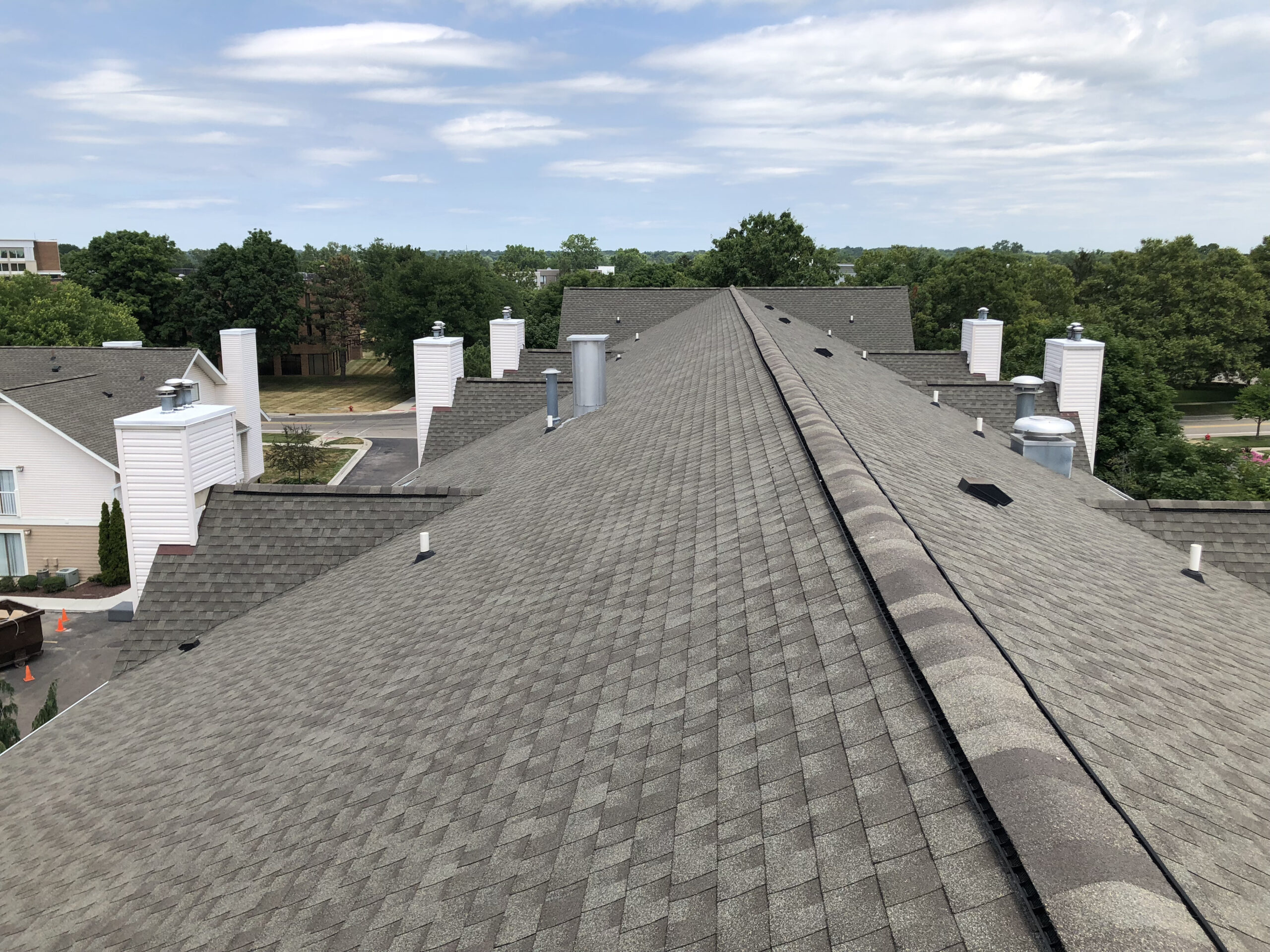
It shields you and your family from rain, snow, wind, and sunlight. However, over time, exposure to weather and wear and tear can take a toll on your roof’s integrity, leading to issues that require prompt attention. Recognizing the signs your roof needs repair can help prevent more extensive damage and costly repairs down the line. Here are the top 10 signs your roof needs repair:
In conclusion, recognizing the signs that your roof needs repair is essential for maintaining the integrity and longevity of your home’s roofing system. By keeping an eye out for these common issues and addressing them promptly, you can prevent more extensive damage and ensure that your roof continues to protect your home for years to come. If you notice any of these signs or have concerns about the condition of your roof, don’t hesitate to contact a qualified roofing contractor for assistance.

Spring is finally here, and as the snow melts away, it’s time to assess how your roof held up through the harsh winter months. Freezing
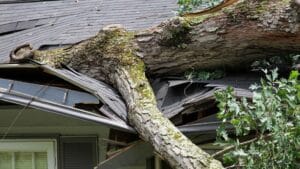
Storms can wreak havoc on homes, leaving behind significant damage to roofs that may go unnoticed until leaks or structural issues arise. Addressing storm damage

Your roof is one of the most important components of your home, providing protection from the elements and ensuring your family’s safety and comfort. However,
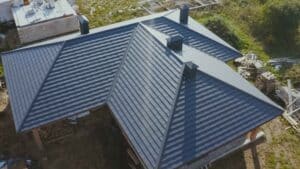
When it comes to maintaining the longevity and efficiency of your home, roof ventilation and insulation play critical roles. While many homeowners focus on the
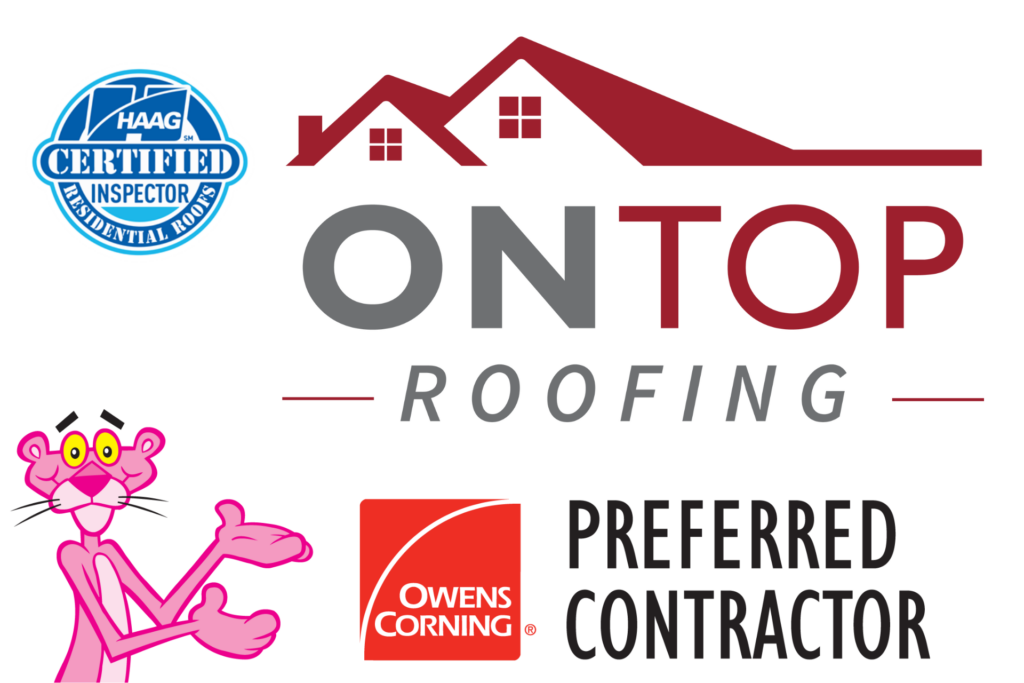
Take advantage of our free inspection and free second opinion offer and receive a complimentary estimate for any new installation service.
